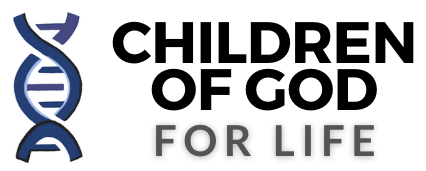Stem cells harbor genetic abnormalities, scientists find
From July 6 Minneapolis Star Tribune News Services
Friday, July 6, 2001
Since the birth of Dolly, the first cloned sheep, scientists have created seemingly healthy copies of mice, pigs, goats and cows.
But today, five years since Dolly’s birth, scientists will announce evidence that these creations can harbor serious problems in their genetic code, raising new concerns about plans to clone humans.
The finding, reported in today’s issue of the journal Science, could explain why so many clone pregnancies fail, and why some cloned animals have strange maladies in their hearts, joints and immune systems. And the research, which focused on how cells interpret their genetic instructions, suggests cloning causes further hidden problems.
“There are almost no normal clones,” said study author Rudolf Jaenisch.
The work also shows for the first time that embryonic stem cells are surprisingly genetically unstable, at least in mice.
Embryonic stem cells are at the center of an escalating political and ethical debate as President Bush decides whether federal funds should be spent to study them.
If the same is true for human embryonic stem cells, researchers said, then scientists may face unexpected challenges as they try to turn the controversial cells into treatments for various degenerative conditions.
In an unusual move indicative of the politically sensitive nature of the research, the scientists who conducted the new research at the last minute deleted part of a sentence in their published report that had alluded to this potential complication, and added a sentence emphasizing the cells’ therapeutic promise. It’s true that genetic instability in human embryonic stem cells may complicate efforts to turn the cells into cures, Jaenisch said Thursday. But he said he was afraid that any mention of that potential problem in the article might be exaggerated by political factions that oppose the research on religious and ethical grounds.
“A non-scientist could really misinterpret the words,” said Jaenisch of the Whitehead Institute for Biomedical Research in Cambridge, Mass., who led the research with Ryuzo Yanagimachi of the University of Hawaii. “It does need to be checked to see if human [embryonic stem] cells are also so unstable. But even if they are, we don’t think it will be a problem.”
Lots of variation
The study focused on cloned mice, each created from a single cell. But rather than making the clones from a single adult skin cell, as is common in the field, scientists made these from single embryonic stem cells, a special kind of cell of interest to cloners because they produce live clones at 10 times the efficiency of other kinds of cells.
Surprisingly, tests indicated that although every cloned mouse had exactly the same genes as every other — a hallmark of cloning — they varied considerably from one to the next in terms of which of their genes were active and which were dormant, a result of aberrant gene regulation, or dysregulation.
The apparently random variation in the way genes were regulated in the clones suggests that the cloning process can sometimes scramble the molecular “switches” inside cells that tell various genes when to turn on and off. Considering what a delicately orchestrated process fetal development is, such regulatory mayhem in a developing clone could help explain why the majority of cloned animals die long before they are born, and why clones that are born alive often have serious malformations.
Moreover, no dysregulated gene was predictive by itself of whether a clone was healthy. This means that it won’t be easy to come up with a genetic test able to predict which developing clones will be healthy — a strike against some human cloning advocates who have claimed that they could avoid creating genetically aberrant human clones by testing developing fetuses and aborting those whose genes seem abnormal.
To see whether the genetic dysregulation found in the clones was entirely a result of the cloning process or was in part “inherited” from the stem cells from which the mice were made, the team conducted molecular tests on individual mouse embryonic stem cells. They found that even stem cells that should have been identical to each other displayed very different patterns of gene activation, an indication that gene switches are inherently unstable in this class of cells.

I volunteered to take part in the Novavax study back in Early 2021. I was thrilled that an ethical option…
This article is dated 13 Aug 2021.
God bless you both and your growing family! Your work has been appreciated beyond words. I look forward to your…
Science and medicine proclaim to want to save lives with sick innovation and research like we just read about but…
Want information to be in English
Dear GOD! Have mercy on this. Makes me want to vomit.